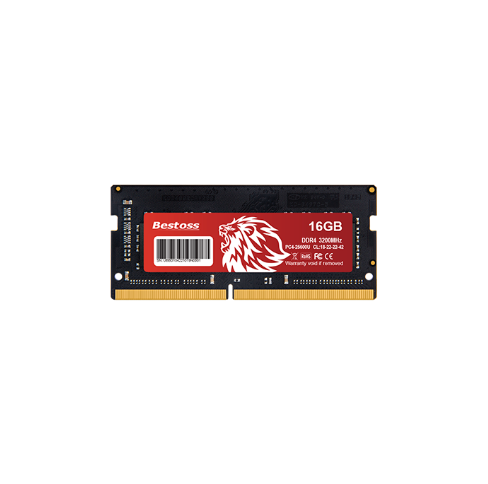
In the world of computing and gaming, acronyms like DDR RAM and GDDR RAM are frequently tossed around, often causing confusion. These two types of RAM, while sharing a similar name, serve vastly different purposes and are integral to the performance of your device. In this article, we will unravel the mysteries behind DDR RAM and GDDR RAM, shedding light on their differences, applications, and how they impact your computing experience.
DDR - Double Data Rate: DDR stands for Double Data Rate, highlighting its ability to transfer data on both the rising and falling edges of the clock signal. This means DDR RAM can provide higher data transfer rates compared to its predecessor, SDR RAM.
System Memory: DDR RAM is primarily used as system memory in computers, laptops, and servers. Its role is to store data that the CPU needs for processing, ensuring swift access and retrieval.
GDDR - Graphics Double Data Rate: GDDR RAM is specifically designed for graphics processing units (GPUs) and is optimized to handle the massive data requirements of high-end gaming, video rendering, and other graphics-intensive tasks.
High Bandwidth: GDDR RAM excels in delivering high memory bandwidth, crucial for rendering complex 3D graphics and textures in real-time. This is why it's commonly found in dedicated graphics cards.

Purpose: DDR RAM is used as primary system memory, facilitating general computing tasks, while GDDR RAM is reserved for graphics memory, enhancing gaming and graphical performance.
Data Transfer Rate: GDDR RAM typically offers higher data transfer rates compared to DDR RAM, as it needs to handle the massive data streams required for rendering complex graphics.
Latency: DDR RAM generally has lower latency, which is critical for CPU operations. GDDR RAM prioritizes bandwidth over latency to meet the demands of graphics processing.
DDR RAM: DDR RAM's impact is most noticeable in everyday computing tasks, such as web browsing, office applications, and multitasking. Having sufficient DDR RAM ensures smooth operation and responsiveness.
GDDR RAM: GDDR RAM significantly affects gaming and graphics-related workloads. It allows for higher frame rates, better texture rendering, and overall improved visual quality in video games and graphics-intensive applications.
DDR RAM: When upgrading your computer's system memory, DDR RAM is the key. Higher capacity DDR RAM modules can improve overall system performance, particularly if you frequently run multiple applications simultaneously.
GDDR RAM: GDDR RAM is essential for gaming enthusiasts and professionals involved in graphic design, video editing, or 3D modeling. A dedicated graphics card with ample GDDR RAM can elevate your gaming and graphics work to new heights.
DDR RAM and GDDR RAM are integral components that define the performance of your computing and gaming devices. Understanding their differences and respective applications can help you make informed decisions when upgrading or building a system tailored to your needs.
At Bestoss, we are dedicated to providing high-quality RAM solutions that cater to both DDR RAM and GDDR RAM requirements. Whether you're looking to boost everyday computing tasks or enhance your gaming and graphics experience, we have the right memory solutions for you. Contact Bestoss today to explore our range of RAM products and elevate your computing experience to new heights.